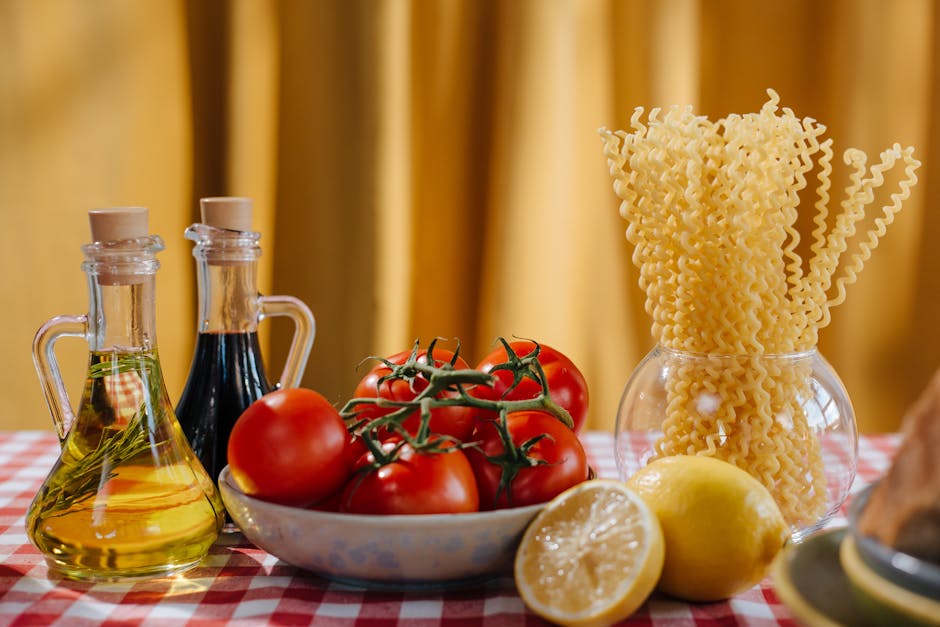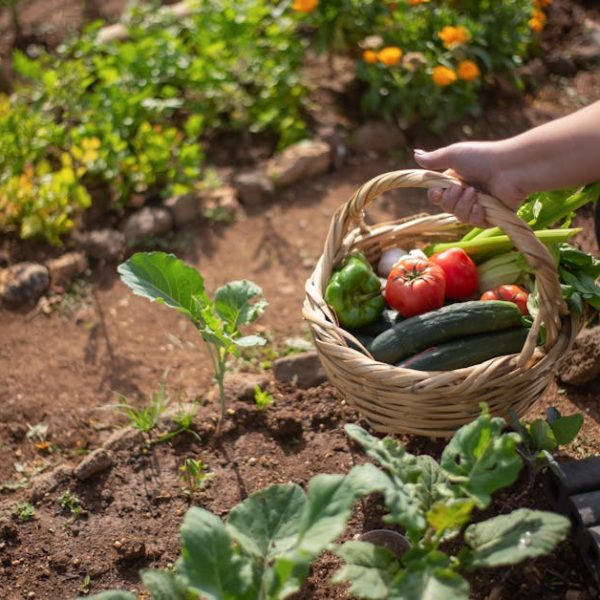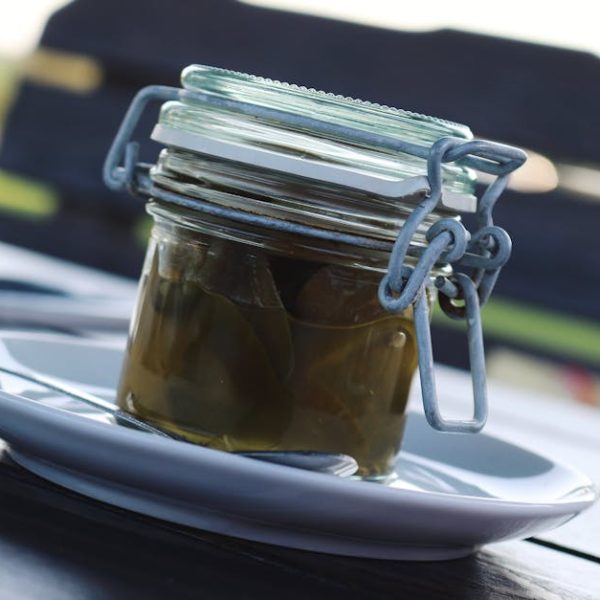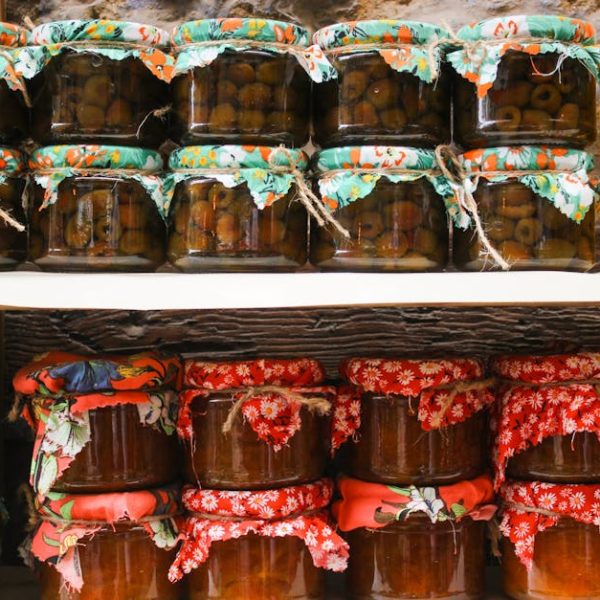Whether you’re an avid cook, cleaning pro, or natural health enthusiast, homemade vinegar can be a key tool in your arsenal. Adding a dash of vinegar to a dish can transform its flavour, while a splash in your cleaning bucket can make surfaces sparkling clean. With our guide to making your own white and apple cider vinegar at home, you’ll tap into these benefits and gain control over the quality and ingredients of your vinegar.
Understanding the Importance and Uses of Homemade Vinegar
So, why make vinegar at home? Here are a few standout reasons:
- Quality Control: Making your vinegar allows you to monitor the quality of the ingredients used.
- Variety: Vinegar isn’t just a one-size-fits-all. There’s a plethora of different types, each with its unique characteristics. Today we will focus on white and apple cider vinegar.
- Uses: Vinegar can be used in a multitude of ways. From enhancing a dish in the kitchen, natural cleaning agent for its antimicrobial properties, to a health remedy.
But how is it made? Let’s delve into the art of vinegar making.
A Detailed Insight into The Process of Vinegar Making
In its purest form, vinegar is the by-product of two key processes; fermentation and oxidization.
Firstly, a substance high in natural sugars (like fruits or grains) is fermented by yeasts. This conversion produces alcohol. Secondly, specific bacteria (acetic acid bacteria) further ferment the alcohol, converting it into vinegar. The process is natural, but it needs a good bit of patience for optimum results.
As we proceed, an interesting comparison comes to light when we look at the nuances between making white vinegar and apple cider vinegar. Let’s detail those next, as the process and ingredients vary slightly between the two.
Step-by-Step Guide to Making Your Own White Vinegar
To brew your own white vinegar at home, there are a few key steps to follow:
- Materials: You’d need a fermenting base, sugar, a mother (a vinegar-dense solution left over from previous batches), water, a container, cheesecloth and a dark, moderately warm environment.
- Preparation: Sanitize your materials, mix your base, sugar, water and let it sit for the yeast to produce alcohol.
- Fermentation: Add your vinegar mother to the mixture and let it sit. In a few weeks, acetic acid bacteria would have worked their magic, turning the alcohol into vinegar.
It’s crucial to remember to keep your vinegar-to-be in clean, sterilized containers and follow the best practices for the fermentation process. Stay tuned as we prepare a checklist of the necessary materials and best practices you’ll need to venture into vinegar-making successfully.
Step-by-Step Guide to Making Your Own Apple Cider Vinegar
Taking a slightly different turn, making your apple cider vinegar involves the following steps:
- Materials: Fresh apples, sugar, water, a container, cheesecloth and a pinch of patience.
- Preparation: Clean and cut your apples, place them into your container with sugar and water, and cover it up with a cheesecloth to keep out flies while letting air in for fermentation.
- Fermentation: Store away the container in a warm, dark place. Within a week or so, you’ll notice the mixture turning into a hard cider. Its natural yeast has converted the sugars into alcohol. Next, acetic acid bacteria will get into the act, transforming the alcohol into vinegar.
Remember to properly strain and age your new-found apple cider vinegar. Look out for our pro tips for enhancing the quality and flavour of your homemade apple cider vinegar.
Storing and Using Your Homemade Vinegar
After going through all that effort to make your own vinegar, it’s essential to store it correctly to maintain its freshness and flavour. A well-sealed container stored in a cool, dark place should do the trick.
Using your homemade vinegar is the fun part. Cooks might enjoy its robust flavour in marinades, dressings and sauces. Housekeepers will find an effective, natural cleaner that they can spritz on countertops, sinks and appliances. Health enthusiasts might experiment with small daily doses to aid digestion and overall wellness.
As for its acidity, testing at home is readily possible using litmus paper or a digital pH meter. Most vinegars usually range between 2.5 and 5.0 on the pH scale.
Homemade vs Store-bought Vinegar
Now, you may wonder if making your own vinegar is worth the hassle. Here’s a quick comparison:
| Homemade | Store-bought | |
|---|---|---|
| Quality | You have control over the quality of your ingredients. | Quality depends on the brand you choose. |
| Flavour | You can adjust the flavour to your preference. | It lacks the nuanced flavour profile of homemade vinegar. |
| Cost-effective | Though it requires some initial investment, homemade vinegar is cheaper in the long run. | While it may seem inexpensive, using store-bought vinegar regularly can add up. |
| Satisfaction | Making your own vinegar is a rewarding process. | Purchasing vinegar is convenient but doesn’t provide the same level of satisfaction as making it yourself. |
So, with all this knowledge at your fingertips, why not go ahead and venture into the world of homemade vinegar? You might discover not just a hobby, but a passion that comes with numerous benefits and a great deal of satisfaction. Happy crafting!
Key Takeaway:
- Making your vinegar at home offers control over the quality and ingredients, adding a personal touch to your culinary applications, cleaning processes and health remedies.
- The vinegar-making process involves two stages: fermentation driven by yeasts converting sugars into alcohol, and oxidization where acetic acid bacteria convert alcohol into vinegar.
- Creating your own white vinegar and apple cider vinegar at home requires different ingredients and procedures. While white vinegar making uses vinegar mother, a fermenting base and sugar, apple cider vinegar production uses fresh apples, sugar and water.
- Proper storage of homemade vinegar ensures long life and optimum taste. It is good to know that homemade vinegar can be used in a multitude of ways – in the kitchen, as a cleaning agent, and even as a health supplement.
Feel assured in your ability to create homemade vinegar of superior quality and flavor. Embrace the process as a rewarding journey that empowers you to bring more control and creativity into your kitchen, cleaning, and health practices.
FAQs
Q: Can other fruits be used to make homemade vinegar?
A: Yes, you can create vinegar using fruits like grapes, pears and berries. The main requirement is a high natural sugar content to facilitate fermentation.
Q: How long will homemade vinegar stay fresh?
A: If stored properly in a clean, airtight container and placed in a cool, dark environment, homemade vinegar can last for a long time, even years.
Q: Can homemade vinegar be used in the same ways as store-bought vinegar?
A: Absolutely, homemade vinegar can be used in cooking, as a cleaning agent, and even as a health supplement just as store-bought vinegar can be.
Q: How can I know if my homemade vinegar has turned bad?
A: If your homemade vinegar starts to smell rancid, changes color or becomes cloudy, it may have gone bad. These are signs that the vinegar should not be consumed or used.
Q: Is there any risk of harmful bacteria growing in homemade vinegar?
A: While homemade vinegar production is usually safe, make sure to maintain proper hygiene during the process to minimize the risk of harmful bacteria growth. If your vinegar shows signs of mold growth, discard it immediately.
Feel free to share this article with fellow home enthusiasts and explorers. Continue reading and discovering more amazing DIY techniques on our website. Happy crafting and exploring!






